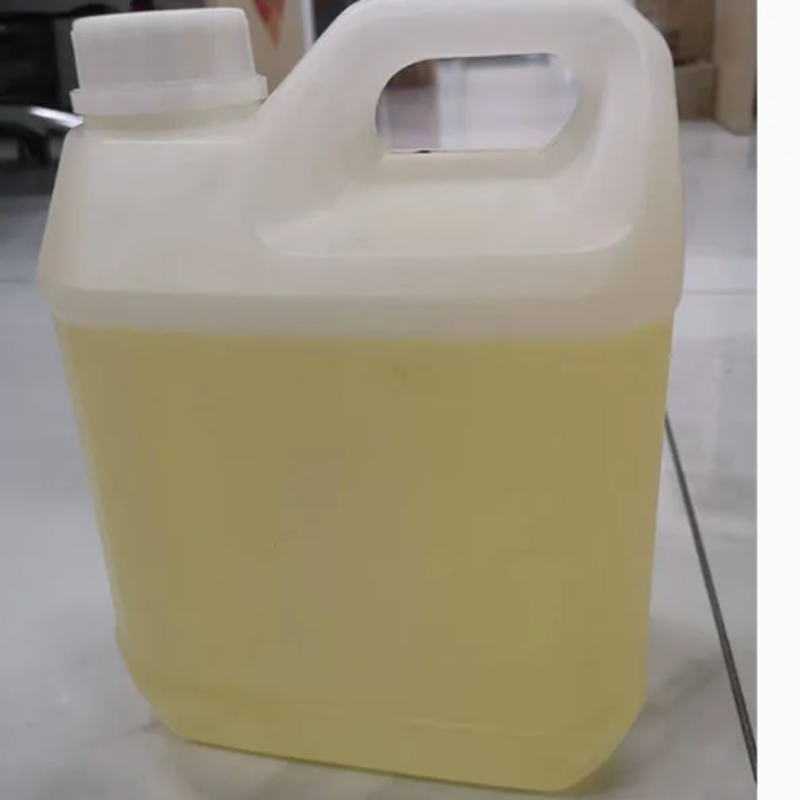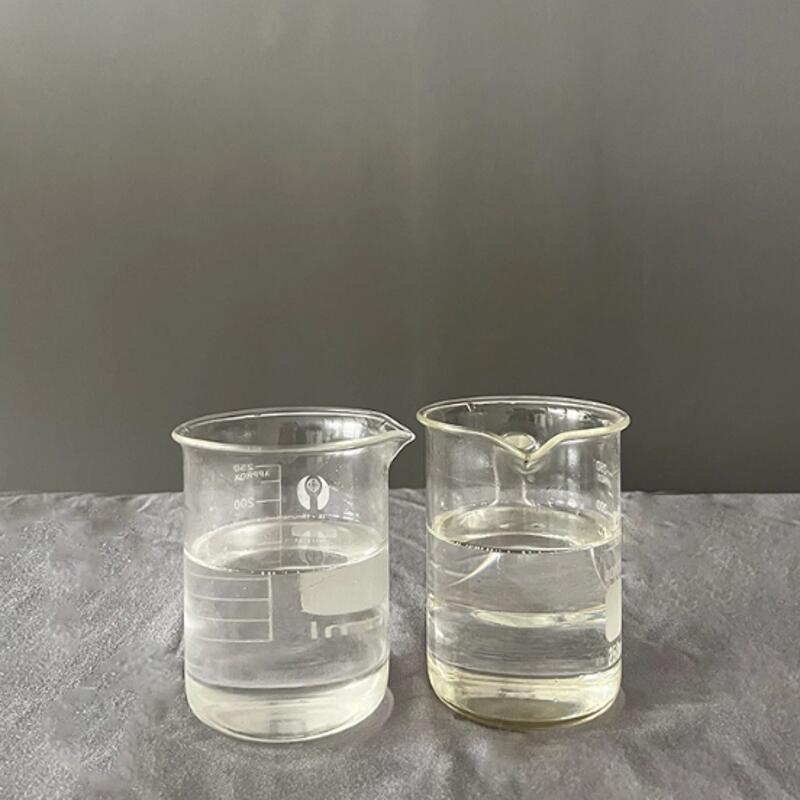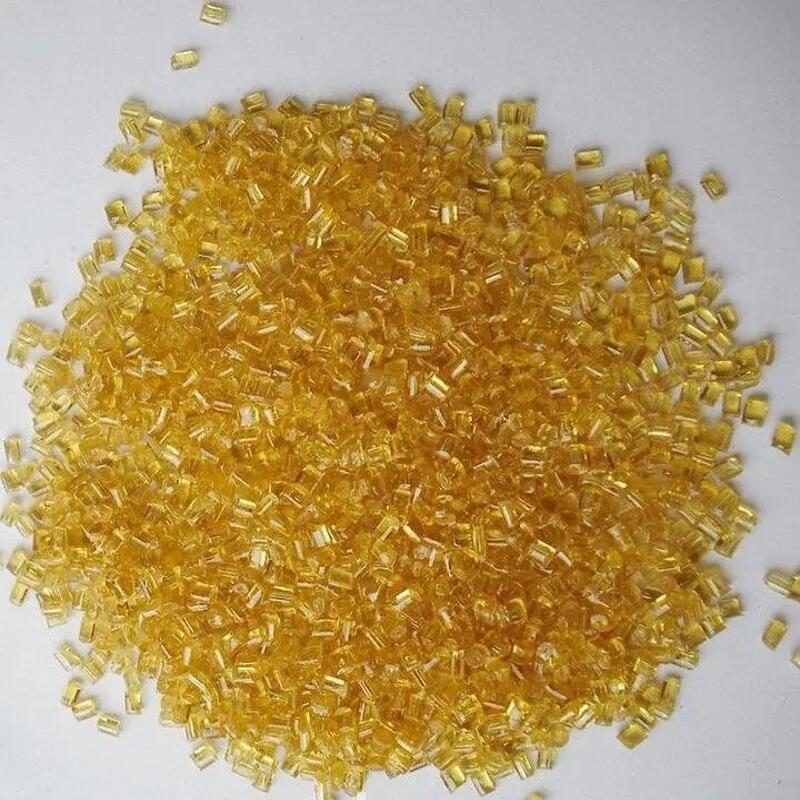-
Categories
-
Pharmaceutical Intermediates
-
Active Pharmaceutical Ingredients
-
Food Additives
- Industrial Coatings
- Agrochemicals
- Dyes and Pigments
- Surfactant
- Flavors and Fragrances
- Chemical Reagents
- Catalyst and Auxiliary
- Natural Products
- Inorganic Chemistry
-
Organic Chemistry
-
Biochemical Engineering
- Analytical Chemistry
-
Cosmetic Ingredient
- Water Treatment Chemical
-
Pharmaceutical Intermediates
Promotion
ECHEMI Mall
Wholesale
Weekly Price
Exhibition
News
-
Trade Service
At noon meal time, dozens of food delivery workers took out plastic packages and waited downstairs in the teaching building of Guangzhou University Town
.
Open the food delivery app, select food, click to place an order, and the delivery boy will deliver the hot food to the user in about half an hour
.
City recycling overload
City recycling overloadWith the popularity of "Internet +" take-out platforms, ordering take-out has become the choice of more and more users.
The resulting large amount of plastic lunch box garbage has not only aggravated the "white pollution", but also the undisposed food residues in the lunch boxes have also increased.
The total amount of household waste
.
According to the 1,079 questionnaires collected by Guangzhou Urban Minerals Association in Guangzhou University Town at the end of 2018, only 9.
92% of the students who "never" ordered takeout, and 33.
72% "once a day or more"; 54% of the food residues left in the lunch box are more
.
Compared with the student group, office workers in urban areas are more dependent on food delivery
.
According to a survey by an institution, 49.
2% of the elites in the workplace mainly rely on takeaways to solve their work meals
.
Meituan CEO Wang Xing posted on Weibo at the end of July this year that the daily order volume of Meituan’s takeaway has exceeded 30 million
.
50 million orders bring convenience to people, but also produce a lot of "white pollution"
.
At the same time, undisposed food scraps in lunch boxes also add to the total amount of household waste
.
Li Zhihong, a researcher at the Earth Environment and Earth Resources Research Center of Sun Yat-sen University, said that based on an average of 50 grams of food waste (equivalent to the weight of an egg) generated by one takeaway, the total amount of waste generated by 50 million orders a day on major platforms is about 2,500 tons.
It will take 250 medium vans to load it
.
The ever-increasing amount of take-out waste has put pressure on the sanitation department
.
According to the relevant person in charge of the Guangzhou Municipal Bureau of Urban Management and Comprehensive Law Enforcement, the kitchen waste generated collectively by the unit is collected and transported exclusively by the Urban Management Committee, while the kitchen waste from take-out garbage is not included in this scope
.
At present, Guangzhou's food waste collection and transportation volume has been saturated, and takeaway food waste can only be "finished" by incineration and landfill
.
A Chinese restaurant businessman in Baiyun District, Guangzhou told the "Economic Information Daily" reporter that most takeaway businesses in the market currently prefer PP (polypropylene) lunch boxes with good heat resistance and sealing properties.
The commonly used 500ml lunch box costs less to 3 cents / piece
.
Many merchants said that they guaranteed that the lunch box was "absolutely safe and non-toxic", but could not guarantee whether it was degradable
.
"Plastic products such as PP lunch boxes are not degradable under natural conditions, and incineration or landfill disposal will produce toxic and harmful substances, which will have an irreversible impact on the environment
.
" Li Zhihong said
.
Oil-stained lunch boxes become a pollution problem
Experts believe that the recycling and processing of take-out garbage is faced with difficult problems such as difficult classification and management
.
On the one hand, the processing capacity of kitchen waste is stretched
;
It is understood that in general, restaurants and canteens have concentrated meals and can accurately separate food from lunch boxes, while take-out meals have obvious scattered, flowing and temporary characteristics, and kitchen waste and lunch boxes are often mixed and discarded
.
In Guangzhou University Town and the concentrated area of Guangzhou office buildings, some places (such as office building pantries) lack the facilities for sorting food and kitchen.
The toilet trash cans are full of takeaway lunch boxes mixed with kitchen waste
.
Consumers put these take-out lunch boxes with moisture and grease into recyclable trash cans, and as a result, other recyclables are also polluted, reducing or even losing the value of renewable use
.
Zhou Zhu, a sanitation worker on Guangwei Road in Guangzhou, said that since sorting leftovers can easily cause oil pollution and other problems, the sanitation department does not allow sanitation workers to sort and clean on the roadside.
Therefore, a large number of take-out meal box garbage is directly used as domestic garbage.
Landfill disposal
.
It is difficult to recycle white garbage.
Take-out lunch boxes are plastic take-out garbage, which is theoretically recyclable.
However, because of its light and thin texture, cheap materials, and extremely low recycling value, it is actually in an embarrassing situation that it is difficult to recycle
.
A staff member of the garbage recycling station said: "The price of recycling plastic lunch boxes is about 2 yuan per kilogram.
The profit is too thin, and the used lunch boxes are not clean.
We generally do not recycle them
.
"
Ruan Hongru, secretary-general of Guangzhou Renewable Resources Association, introduced that PP plastic lunch boxes can be recycled after cleaning, but some regular renewable resource recycling companies are reluctant to do "loss trading"
.
Ruan Hongru explained that when enterprises purchase renewable resources from consumers and mobile traders, because consumers and mobile traders cannot issue VAT invoices, and there is no invoice deduction, when renewable resources enterprises sell renewable resources to downstream processing enterprises, only Being able to pay value-added tax in full according to sales has virtually increased the tax pressure
.
Due to the unresolved issue of invoice deduction, many of the recycling of disposable lunch boxes on the market are small and scattered mobile vendors
.
"The consequence of this is that the stagnant oil of kitchen waste may be illegally extracted, and the lunch boxes that are reflowed to the market have not been professionally treated, which is very likely to cause health and safety problems
.
" Guangzhou Wanlvda Group Co.
, Ltd.
, a renewable resource recycling enterprise Staff member Wei Rui said
.
Open up the takeaway garbage recycling chain
Open up the takeaway garbage recycling chain In the environment where the use of takeaway lunch boxes and plastic bags is still high, experts believe that it is necessary to cooperate with the whole industry such as platforms, merchants, and terminals to open up the takeaway garbage recycling chain to reduce secondary pollution
.
First, implement the extended producer responsibility system, whoever produces waste and who pays
.
Experts such as Li Zhihong believe that the current situation of "besieged cities" of take-out garbage is due to the lack of the main body of take-out garbage management: the store only does it, the platform only sells, the younger brother just delivers, and the orderer throws it into the trash can after eating, and finally the take-out garbage is become a burden to society
.
To fundamentally solve the problem of takeaway garbage, it is necessary to make the corresponding responsible subjects take the responsibility of dealing with takeaway garbage
.
"Nowadays, consumers pay 50 cents or 1 yuan for packaging, and it is only the takeaway platform that transfers the transportation cost to consumers.
In fact, the main driving force for the large demand is the takeaway platform, and the takeaway platform has not Bear any substantial costs
.
" Chai Xiaowu, a professor at the School of Economics of Zhejiang University, suggested that the cost of using the food delivery platform should be increased to alleviate the costs of sorting, cleaning and landfilling in the back-end garbage disposal process
.
Second, give tax incentives to renewable resource enterprises to enable them to survive in the market
.
Ruan Hongru suggested that the problem of input VAT deduction for renewable resource recycling enterprises should be solved as soon as possible, so that regular renewable resource enterprises can operate normally through market-oriented operations, and form "takeaway garbage sorting - utilization (composting, lunch box recycling) - incineration and landfill" integrated waste management system
.
Third, establish national mandatory standards, requiring takeaway platforms to urge merchants to switch to degradable lunch boxes
.
A reporter from the "Economic Information Daily" learned that Shanghai issued a group standard for food delivery boxes in 2018.
Ele.
me, Baidu, and Meituan Takeaway all participated in the formulation and implementation of the standard.
, three options of paper bags, degradable bags, and textile bags are provided to replace traditional plastic bags
.
Experts such as Li Zhihong suggested that the standard be promoted nationwide in due course
.







